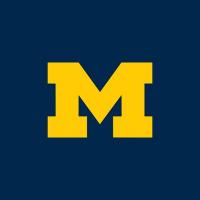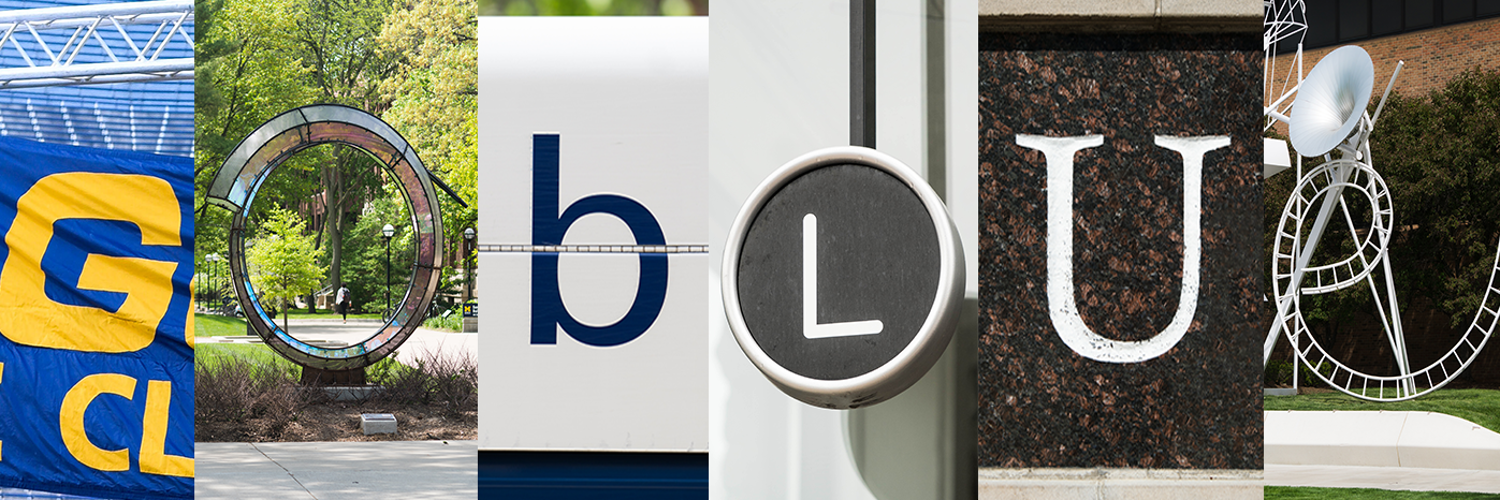
University of Michigan
Ann Arbor , Michigan , United States
- Founded: 1817
- Establishment: University
- Type: Public
- Total Students: 48090
University of Michigan
The University of Michigan was founded in 1817, as the Catholepistemiad, or the University of Michigania, by an act of the Michigan Territory. Rev. John Monteith became its first president, and Father Gabriel Richard, a Catholic priest, was vice president. In 1821, the territorial government reorganized the Catholepistemiad as the University of Michigan. A board of trustees was appointed to oversee the university; the positions of president and vice president were eliminated, and Monteith and Richard were appointed to the board. The Catholepistemiad was not a university in the modern sense but rather a centralized system of schools, libraries, and other cultural institutions borrowing its model from the University of France founded by Napoleon a decade earlier. It was only after the State of Michigan entered the Union in 1837 that a new plan was adopted to focus the university on higher education.
After the State of Michigan entered the Union in 1837, the new state’s early constitution granted the university an unusual degree of autonomy as a “coordinate branch of state government”. It delegated full powers over all university matters granted to its governing board of regents. On June 3–5, the board of regents held its first meeting in Ann Arbor and formally accepted the proposal by the town to locate the university there. The town of Ann Arbor had existed for only 13 years and had a population of about 2,000. The original 40 acres (16 ha) was the basis of the present Central Campus. This land was obtained through the Treaty of Fort Meigs. Asa Gray was the first professor appointed to Michigan on July 17, 1837. His position was also the first one devoted solely to botany at any educational institution in America. The first classes in Ann Arbor were held in 1841, with six freshmen and a sophomore, taught by two professors. Eleven students graduated in the first commencement in 1845
Important Facts
One of the foremost research universities in the United States, the University of Michigan was founded in 1817, before Michigan had even become a state, and moved from Detroit to what is now its Central campus in Ann Arbor in 1837.
Michigan spans 780 acres, which is made up of its Central and North campuses, two regional campuses, and a center in Detroit. It has a large student body of around 46,000, with undergraduates numbering two-thirds of that number.
Michigan has been lauded for having high standards of research, and the university’s comprehensive graduate program offers doctoral degrees in the humanities, social sciences, and STEM fields (science, technology, engineering and mathematics) as well as professional degrees in architecture, business, medicine, law, pharmacy, nursing, social work, public health, and dentistry.
Michigan's body of living alumni comprises more than a half million people, which is one of the largest alumni bases of any university in the world and a valuable resource for current students when it comes to networking and building industry connections.
Around a quarter of all students are accommodated on campus, with many residence halls serving undergraduates, and family housing that is intended mainly for graduate students. There are also off-campus apartments, houses, and co-operatives, which generally house upper division and graduate students, as well as ‘theme communities’ within residence halls, where students can immerse themselves among peers with similar interests.
Michigan has more than 1,600 clubs and societies, including engineering project teams, community service organizations, and charitable projects. The Michigan Marching Band is over 100 years old and has 350 student members, and other noted musical ensembles include the University of Michigan Men’s Glee Club, a men’s chorus with over 100 members.
Michigan has a history of student activism, and there are a number of groups dedicated to various worth causes. Some, such as the United Students Against Sweatshops (USAS), devote themselves to more left-wing causes, in this case holding to account multinational companies that exploit their workers in factories, but there are also conservative groups such as Young Americans for Freedom, as well as non-partisan groups.
Cultural and ethnical student organizations help students forge smaller communities from the large university population, and publications such as the Michigan Daily, published five days a week during the Fall and Winter terms, allow students to keep abreast of the latest news on campus.
Ranking / Awards
University of Michigan--Ann Arbor is ranked #23 in National Universities. Schools are ranked according to their performance across a set of widely accepted indicators of excellence.
- #23 in National Universities (tie)
- #8 in Best Colleges for Veterans
- #13 in Best Undergraduate Teaching (tie)
Features
-
Ranking: 24

-
Ranking: 23

- Type of Accommodation: On Campus
Financials
Marketing Material
Contact Information
- 500 S. State Street, Ann Arbor, MI 48109 USA
- To know more contact PSA toll free number 18002585772
Programs Offered
Master in Data Science
- Length 01 Year
- Total Tuition Fee 25575 USD
- Application Fee 75 USD
- Average processing time 5 days
Master in Microbiology and Immunology
- Length 01 Year
- Total Tuition Fee 50800 USD
- Application Fee 75 USD
- Average processing time 5 days

